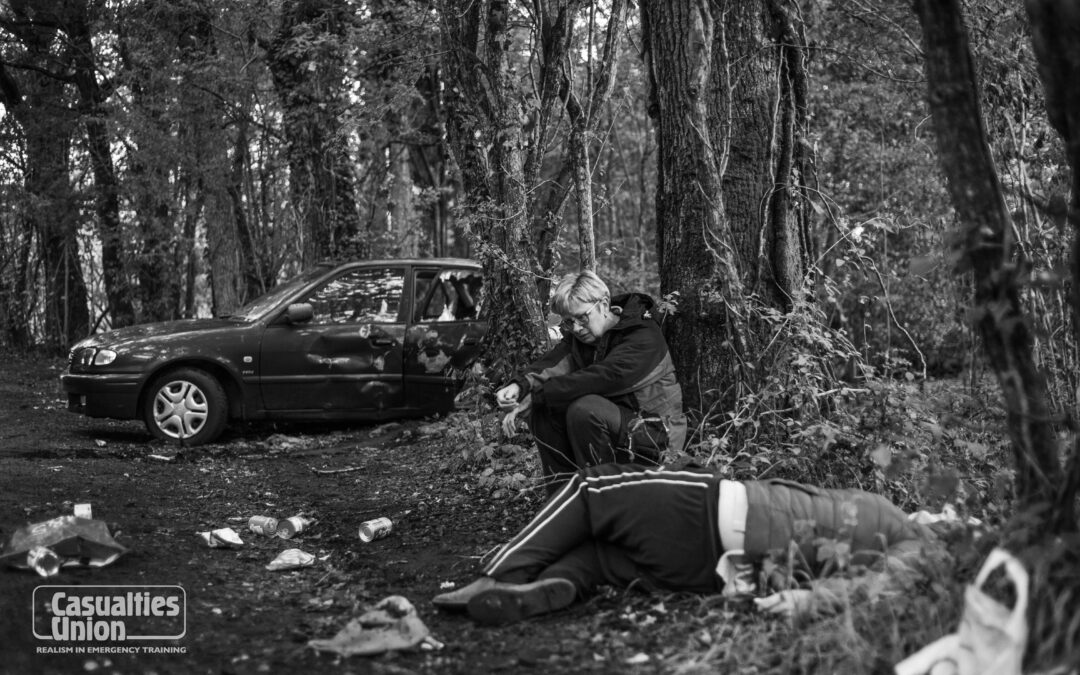
by Sarah Martin | Nov 9, 2022 | 80th Anniversary, Interviews and Articles
For many ‘80’ is just a number, yet for the charity Casualties Union, 80 means an opportunity to celebrate. Since 1942 volunteers across the UK have devoted their time to provide realistic casualty simulation. This article is not just an acknowledgement of where...



Recent Comments